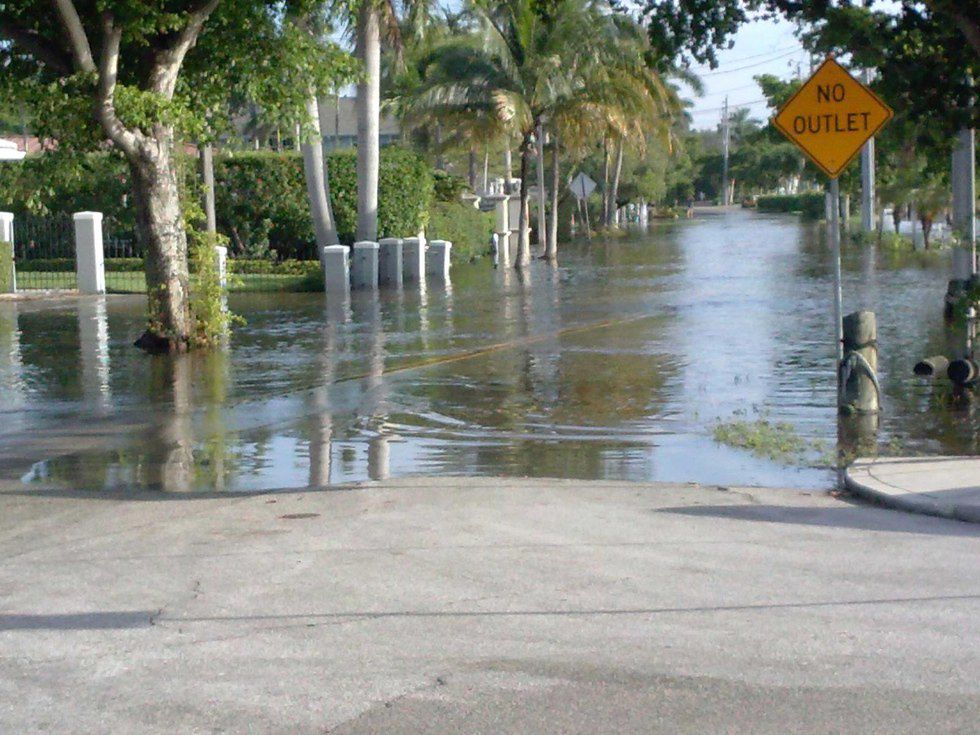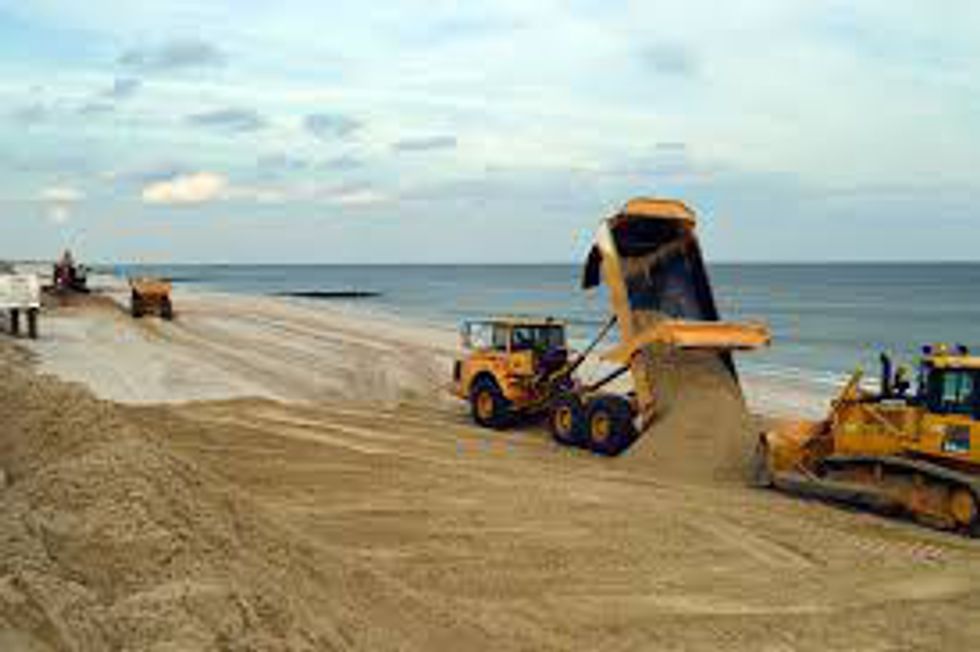Tampa, Miami, Charleston, Wilmington, Boston.
All these are major cities are battling with not only beach erosion but sea level rise as well. All major port cities; all with major tourism industries. What many don’t understand is that not only is climate change affecting our air, it is affecting our oceans too. Our beaches, our landscapes, our port cities are all in danger from just a few centimeters of ocean level rise. While the issues contributing to the cataclysmic event could be talked about endlessly, there are three major key aspects that need to be acknowledged by the general masses.
1. How is sea level rise being combated?
Floods naturally occur along coast lines during full moons and large amounts of precipitation. It is no uncommon occurrence for certain roads in Charleston to be shut down due to flooding on the road, especially during a full moon. But entire roads to be disappearing is another issue.
In Norfolk, Virginia large poles with ruler measurements on the sides have begun to pop up from low-lying areas that are prone to tidal floods. These were installed for drivers to avoid being washed away by the rising tide.
Fort Lauderdale has already invested hundreds of thousands of dollars in building up their city above sea level. Roads have been torn down and restored up to 5 feet above their original location. Valves, drains, berms, sea walls and pipes are continuously being built to fight the battle against the sea. These are all temporary options and replacements simply to buy time. The infrastructure of cities simply cannot stand against the encroaching levels, and cities can afford to replace the current infrastructure.
2. How beach erosion is aiding sea level rise
Erosion on beaches is also a natural occurrence. Due to the changes in the tides, wind and storms, sand is bound to be misplaced along beaches or taken back out to sea. Over the years, beach erosion has increased rapidly but development along coasts has increased with even more vigor. Multi-million dollar homes with incredible views and insurance rates are spreading like wildfire up and down US coastlines. While beach erosion can be aided by building berms on beaches that collect the eroded sand as the tides come in and out, with the increase in storm frequency and severity, many beach protection services cannot keep up with the loss of land and turn to beach renourishment.
Renourishment occurs on beaches that have lost significant amounts of sand most likely due to a recent storm. Sand collected from other locations is then brought in and the beach is built back up. But this sand is collected from other beaches so in the grand scheme of things, the beaches of the world are still being eroded, not to mention all the sand that is used in glass, construction, and even pharmaceuticals. Luckily, at least one company is trying to solve this particular problem.
3. What about the smaller guys
While cities like Fort Lauderdale, Miami and Charleston can actively combat the effects of sea level rise on communities. Countries like Jamaica, Haiti and the other smaller islands around world’s oceans do not have those kind of resources nor the space.
Islands of particular interest are Jamaica and Haiti. There are both in historically direct paths of Hurricanes on the edge of the Caribbean Sea. For the past two years, however, conditions along the equator have been experiencing La Nina. La Nina is an atmospheric oscillation cycle that causes the tides along the equator to switch and the weather to experience colder and wetter conditions. With the contributions of these conditions to the typical hurricane season, storms that make landfall experience a leap in severity, causing major losses of land and beach via sand erosion as well as flooding.
Haiti is surrounded by water on three sides with the other side bordering the Dominican Republic separated by a mountain range. The country is 75 percent mountainous and only 10,700 sq. miles. With steep slopes encompassing the peaks of the mountains, and beaches covering a large majority of the perimeter of the country, that leaves very little area for development or expansion for residents.
Scientists have now agreed that sea level is at a constant 2 millimeters rise every year, rising nearly 10 centimeters over the past century. With the combination of severe storms, flooding and sea level rise at least 5 feet of beach has been eroded from Jamaica’s beaches in the past two years. With a shrinking beach, the tourist-dependent Jamaican economy will decline along with it. In the next few years, there won’t be any beach left.
With increases in carbon dioxide expulsion into the atmosphere, the greater the threat of climate change and sea level rise becomes. Beaches will shrink, islands will disappear, millions will be displaced or killed.






















